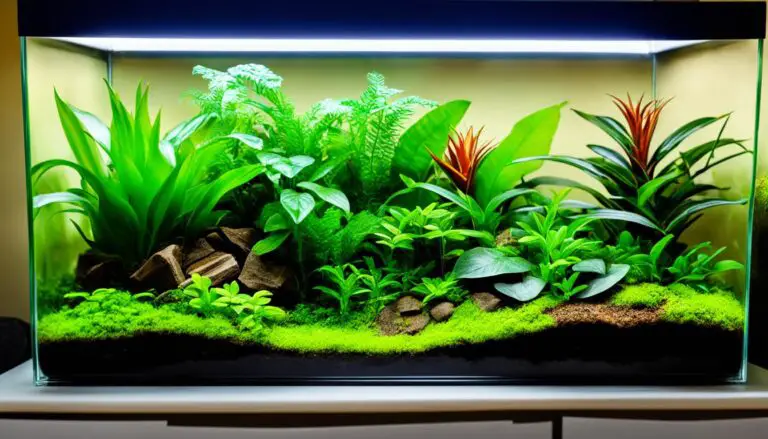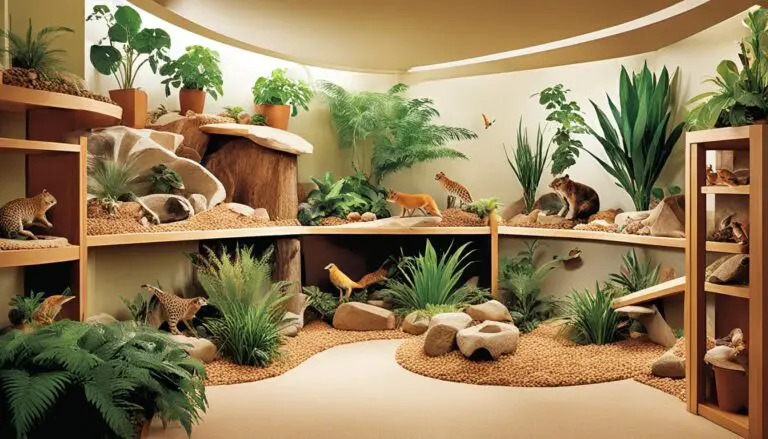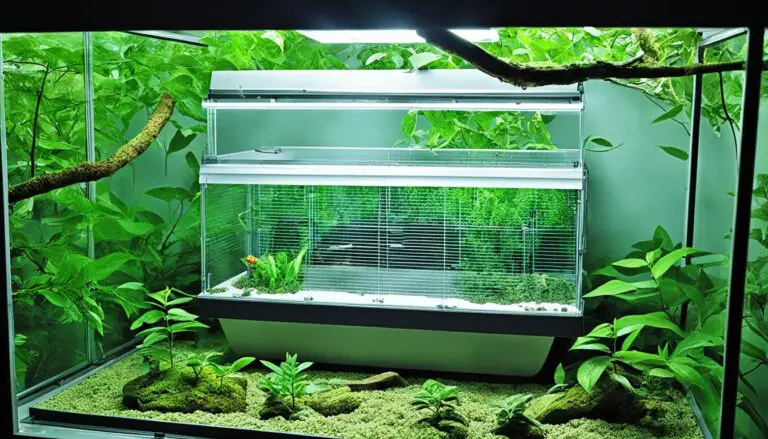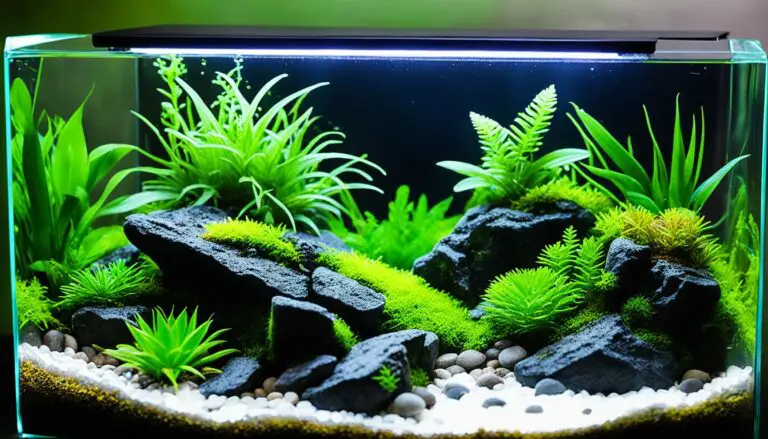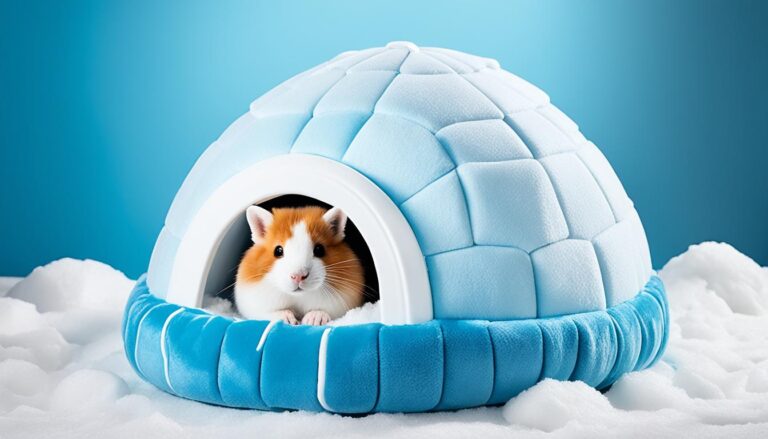Exotic Pet Housing Plants: Best Choices & Tips
Creating a natural and safe environment for your exotic pets is key. The right plants for their housing are very important. Some plants can be harmful or even toxic if your pets eat them.
We’ve put together a list of the best plants for exotic pet homes. These plants are safe, non-toxic, and make your pet’s home look natural and inviting. We will look at the top plants for exotic pet homes and share tips for a great environment.
Key Takeaways:
- Choosing the right plants is essential for creating a natural and safe environment for exotic pets.
- Not all plants are suitable for exotic pet enclosures, as some can be toxic if ingested.
- The best exotic pet housing plants are pet-friendly, non-toxic, and provide a natural habitat.
- The Chinese Money Plant, Money Tree, Hoya varieties, and Rattlesnake Plant are excellent choices for exotic pet enclosures.
- Bird-safe houseplants like spider plants and Boston ferns are suitable for feathered pets.
Chinese Money Plant (Pilea peperomioides)
The Chinese Money Plant, or Pilea peperomioides, is great for exotic pet homes. It’s safe for pets and has unique, coin-like leaves. These leaves make any enclosure look whimsical. Plus, its bright green leaves make the space lively and appealing.
This plant grows quickly and doesn’t need much work. You can easily make more plants to give to friends or to fill your pet’s home with green. It’s perfect for pet owners looking to add more plants easily.
Remember, the Chinese Money Plant can grow unevenly if you don’t rotate it. Turn the plant 180 degrees every week or two. This helps it get light all around, making it look nice and even.
When watering, keep the soil moderately moist. Water it every week or two, letting the top inch of soil dry before watering again. Too much water can harm the plant, so find a good watering balance.
Adding a Chinese Money Plant to your pet’s home makes it look better and safer. Since it’s non-toxic, your pets can explore around the plant safely.

Benefits of the Chinese Money Plant:
- The plant’s unique coin-like leaves add an element of whimsy to the enclosure.
- Fast-growing and easily propagated, allowing you to expand your plant collection effortlessly.
- Rotating the plant promotes even growth and enhances its aesthetics.
- Moderate watering requirements make it easy to maintain.
- Non-toxic to pets, providing a safe environment for your exotic pets.
Including a Chinese Money Plant in your pet’s enclosure brightens it and adds a touch of nature. It’s safe for pets and stands out, making your pet’s space enchanting and friendly.
Money Tree (Pachira aquatica)
The Money Tree, known scientifically as Pachira aquatica, is a top pick for exotic pet homes. It is tough and can survive many conditions, perfect for those new to plant care. The leaves are shiny and grow fast, often with braided trunks that look interesting.
It’s safe for pets, but always watch to make sure they don’t chew it too much. Water it every one or two weeks. And it does best in medium to bright indirect light.
Hoya Varieties
Hoyas are plants with thick leaves and woody stems, ideal for exotic pet homes. Their unique shapes, sizes, and colors beautify any terrarium. You can choose from many different hoya types, each special in its own way.
“Hoya carnosa” is a favorite among hoya varieties. It has shiny, heart-shaped leaves and smells sweet when it flowers. It’s safe for pet spaces and grows well in many kinds of light.
“Hoya linearis” has long, slim vines that look elegant in hanging terrariums. Its small, straight leaves make it stand out. This hoya likes bright light but not direct sun, and it needs water just enough to keep it from getting soggy.
Hoya Varieties Care Tips
Think of hoya plants as succulents, not ordinary houseplants. They keep water in their leaves and can go without it for a while.
- Use a potting mix that drains well to avoid soggy roots.
- Place your hoya where it gets plenty of light, but not direct sun.
- Water depends on light – more in bright spots, less in dim ones.
- Too much water is bad. Let the soil dry a bit before watering again.

| Hoya Variety | Leaf Shape | Light Requirements | Watering Needs |
|---|---|---|---|
| Hoya carnosa | Glossy, heart-shaped | Medium to bright indirect light | Water thoroughly when the top inch of soil is dry |
| Hoya linearis | Long, linear | Bright, indirect light | Water thoroughly but infrequently; allow the soil to dry out between waterings |
Rattlesnake Plant
The Rattlesnake Plant, scientifically known as Calathea lancifolia, is a beautiful exotic plant for pets. It has wavy leaves like a rattlesnake’s tail, giving it its name. This plant needs the right light and water to stay healthy.
It thrives in bright, indirect light, similar to its natural home. Direct sun can harm its leaves. If it’s too dark, the plant may grow slower and lose color. Water it when the top inch of soil is dry but avoid too much water to prevent root problems.
The Rattlesnake Plant is safe for pets, making it great for organic pet habitats. If pets nibble on it, they won’t get sick. Still, it’s good to watch your pets to stop them from eating too much plant.
“The Rattlesnake Plant is a stunning addition to any exotic pet enclosure. Its unique leaves add texture and visual interest, creating a natural and vibrant habitat for your beloved pets.”
The Rattlesnake Plant is a top choice for exotic pet owners. It makes pet homes look better and helps pets feel safe and calm. You should think about adding it to your pet’s space for a healthy and natural setting.
Bird-Safe Houseplants
Many people love having birds as pets. They aim to provide a safe and fun home for them. It’s crucial to pick non-toxic plants for your bird’s area, to avoid harm if they eat them. These safe plants make your bird’s space look good. They also help by purifying the air and lowering stress.
Some great bird-safe plants are:
- Spider plants
- Boston ferns
- Areca palms
- Bamboo palms
- Money trees
These plants are not just safe for birds but also simple to care for. This makes them great for both plant experts and beginners. Adding them to your bird’s space creates a natural and supportive habitat.
It’s vital to make sure new plants haven’t been exposed to pesticides. Also, keep new plants away for a few weeks. This helps avoid bringing in pests or diseases that could hurt your birds.
The image shows a bird enclosure full of green plants. It’s an example of how you can make a welcoming space for your bird with these safe plants.
Benefits of Bird-Safe Houseplants
Bird-friendly plants improve your bird’s living area in several ways:
- Improved air quality: Birds need clean air just like us. These plants clean the air, removing toxins and adding oxygen.
- Stress reduction: Green plants and nature help calm birds. This lowers their stress and helps them feel better.
- Mimicking the natural environment: Using these plants makes your bird’s space more like the wild. It makes them feel secure and happy.
Now you know the top bird-safe plants. You can make your bird’s space lush and friendly. These harmless plants are good for your bird’s health. Plus, they make the space look beautiful.
Conclusion
Creating a space that feels natural for your exotic pets is key to their happiness. Selecting the right plants for their homes can give them a safe, stimulating place that feels like the wild. There are many plants that are safe for pets; the ones in this article are just the beginning. It’s vital to look up each plant’s needs and watch how your pets react to them. With the correct plants and care, you can make a beautiful, natural home that your pets will love.
The plant guide we talked about is just a starting point. There’s a lot more to learn, so getting advice from experts is smart. Building a natural home for your pets means trying new things and adjusting as you go. Every pet and their home is different. Don’t hesitate to test out various plants and setups to see what’s best for your pets.
Your exotic pets deserve a place that supports both their body and mind. By adding safe plants to their space, you can make their home more fun and healthy. It’s wonderful to bring a piece of nature into your pet’s life. Doing so creates a safe, attractive home that reflects their wild habitat. This way, they can enjoy a life that’s rich and full, just like in nature.
FAQ
Are Chinese Money Plants safe for exotic pets?
How should I care for a Chinese Money Plant?
Can I include a Money Tree in my exotic pet’s enclosure?
What care does a Money Tree require?
Are Hoyas suitable for exotic pet enclosures?
What is the care routine for Hoyas?
Can I include a Rattlesnake Plant in my exotic pet’s enclosure?
How should I care for a Rattlesnake Plant?
Which houseplants are safe for birds?
What precautions should I take when introducing new plants to my bird’s environment?
How can I create a natural and inviting space for my exotic pets?
Source Links
- https://terrariumtribe.com/safe-plants-for-reptiles/
- https://www.plantvine.com/2023/07/21/houseplants-that-are-safe-for-homes-with-pet-birds/
- https://www.architecturaldigest.com/story/pet-friendly-houseplants
Peter Stones is the founder of Exotic Pets Place, the leading online resource for exotic pet care information.
With over 10 years of hands-on exotic pet ownership experience, he is deeply passionate about sharing his expertise to help others properly care for their unusual pets.
When he's not writing extensively researched articles or connecting with fellow exotic pet enthusiasts worldwide, you can find Peter at home tending to his own beloved menagerie of exotic animals.

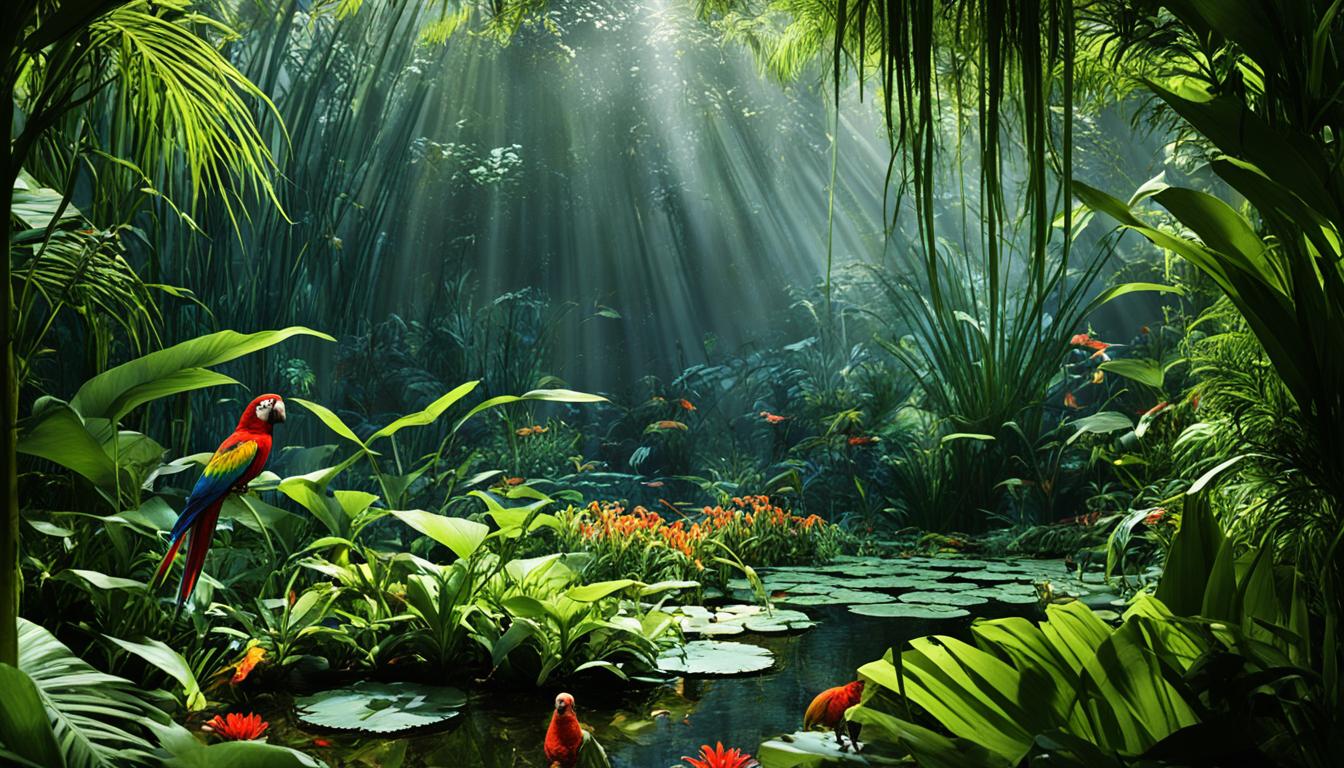
![How to Create a Safe Outdoor Space for Your Exotic Pet [Guide], wood house with a porch](https://exoticpetsplace.com/wp-content/uploads/2023/06/How-to-Create-a-Safe-Outdoor-Space-for-Your-Exotic-Pet-Guide-wood-house-with-a-porch-768x512.jpg)
